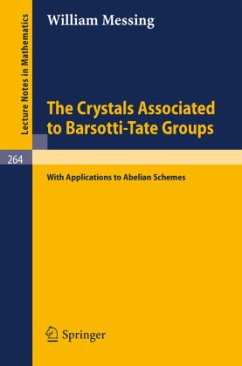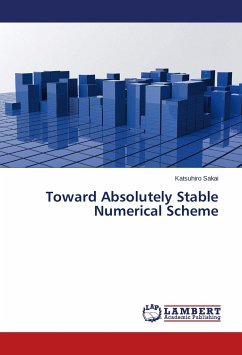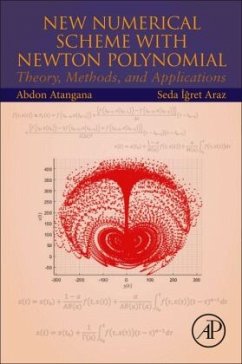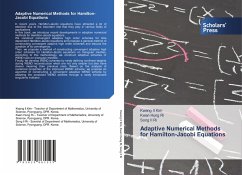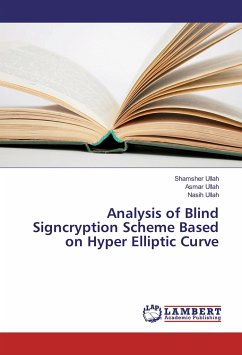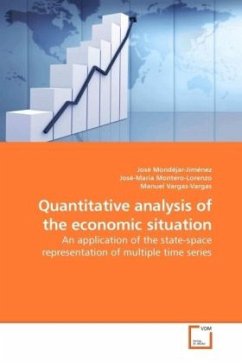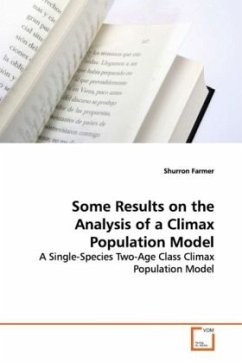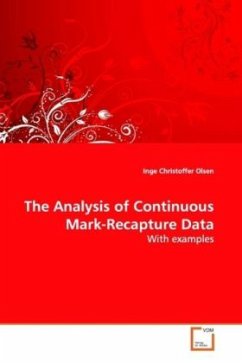
An analysis of the TR-BDF2 integration scheme
Versandkostenfrei!
Versandfertig in 6-10 Tagen
32,99 €
inkl. MwSt.

PAYBACK Punkte
16 °P sammeln!
We intend to try to better our understanding of how the combined L-stable Trapezoidal Rule with the second order Backward Di erence Formula (TR-BDF2) integrator and the standard A-stable Trapezoidal integrator perform on systems of coupled non-linear partial differential equations (PDEs). It was originally Professor Klaus-Jurgen Bathe who suggested that further analysis was needed in this area. We draw attention to numerical instabilities that arise due to insufficient numerical damping from the Crank-Nicolson method (which is based on the Trapezoidal rule) and demonstrate how these problems c...
We intend to try to better our understanding of how the combined L-stable Trapezoidal Rule with the second order Backward Di erence Formula (TR-BDF2) integrator and the standard A-stable Trapezoidal integrator perform on systems of coupled non-linear partial differential equations (PDEs). It was originally Professor Klaus-Jurgen Bathe who suggested that further analysis was needed in this area. We draw attention to numerical instabilities that arise due to insufficient numerical damping from the Crank-Nicolson method (which is based on the Trapezoidal rule) and demonstrate how these problems can be rectified with the TR-BDF2 scheme. Several examples are presented, including an advection-diffusion-reaction (ADR) problem and the (chaotic) damped driven pendulum. We also brie y introduce how the ideas of splitting methods can be coupled with the TR-BDF2 scheme and applied to the ADR equation to take advantage of the excellent modern day explicit techniques to solve hyperbolic equations.



